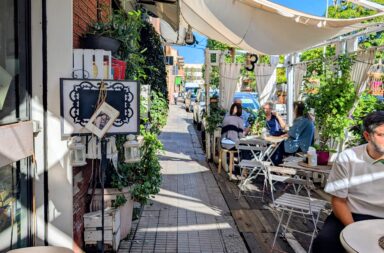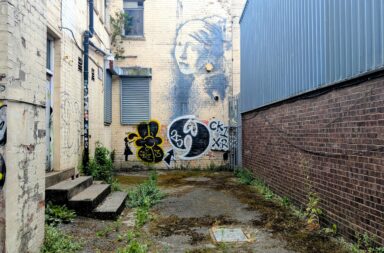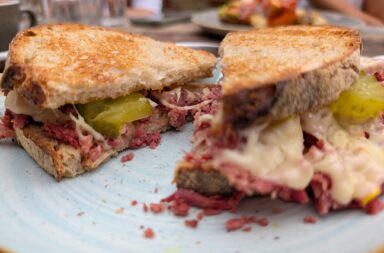Part of Sardinia’s charm is that few people seem to know where it is. Many are surprised to learn that Italy’s second-largest island is just a 2.5-hour direct flight from London. While it shares Italy’s genes in terms of food and language, Sardinia has its own distinctive and independent identity. Whether you’re looking for stunning beaches, beautiful mountain hikes, or intriguing towns, you’ll find them here.
What to know before you visit Sardinia:
1. When to Visit:
Sardinia’s high season runs from June to mid-September. During these summer months, temperatures rise significantly—starting around 30°C in June and climbing above 40°C by August. Prices tend to increase along with the heat, so if you’re looking to keep costs down, it’s best to avoid this peak period.
September is often considered the ideal time to visit. The temperatures begin to cool slightly, the sea remains warm from the summer sun, and prices become much more reasonable. Plus, the beaches are far less crowded.
2. Airports
There are three airports on the island: One in the south (Cagliari) and two in the north—Alghero in the northwest and Olbia in the northeast. Driving from the southern tip to the northern end takes about 3.5 hours. The landscape and beaches vary significantly by region, each with its own charm.
3. North vs South
In the south, you’ll find some of the island’s best beaches. The coast near Villasimius is known for its scenic roads, beautiful coves, wide sandy beaches, and turquoise waters. The southern coast feels calm and natural and is especially loved by locals. Most beaches offer free parking, particularly in the off-season (October to May). Cagliari, the island’s capital, is an idyllic place to start your holiday—easily accessible by public transport from the airport and well connected to nearby beaches.
The north is renowned for the Costa Smeralda, which literally translates to “emerald coast.” The beaches here are stunning but also very popular, often requiring an online booking and entrance fee. Parking can be pricey as well. This part of the island offers a livelier nightlife and is more touristy than the south. That said, it’s definitely worth a visit—especially if you’re planning a boat trip to the idyllic islands of La Maddalena. The best towns to stay in up north are Olbia and Alghero.
4. Money
Sardinia is part of the European Union and uses the euro (€). Card payments are widely accepted, and there are no fees when using most travel cards. However, it’s a good idea to carry a small amount of cash for local markets, beach kiosks, and smaller establishments that may not accept cards.
5. Local Dishes
Sardinia has a rich cultural and culinary heritage. Be sure to try some of these traditional local dishes:
-
Octopus salad – A refreshing and flavorful seafood medley.
-
Fregola sarda – A uniquely Sardinian pasta similar to couscous, often served with clams or other shellfish.
-
Pane frattau – Traditional flatbread layered with tomato sauce, meat, and topped with a poached egg.
-
Sebadas – A fried pastry filled with soft cheese and drizzled with honey—perfect for those with a sweet tooth.
-
Porchetto sardo – Sardinia’s version of a hog roast: slow-roasted suckling pig with crispy skin and tender meat.
6. Language
The official language in Sardinia is Italian, but many locals also speak Sardinian, a distinct and widely spoken regional dialect. Want to impress the locals? Learn these two commonly used Sardinian words:
-
Eya – Yes
-
Ajo! – Let’s go!
7. Safety
Sardinia is extremely safe and ideal for solo travelers.
Looking for more tips on the best things to see and do in Sardinia? Don’t miss our next story!


